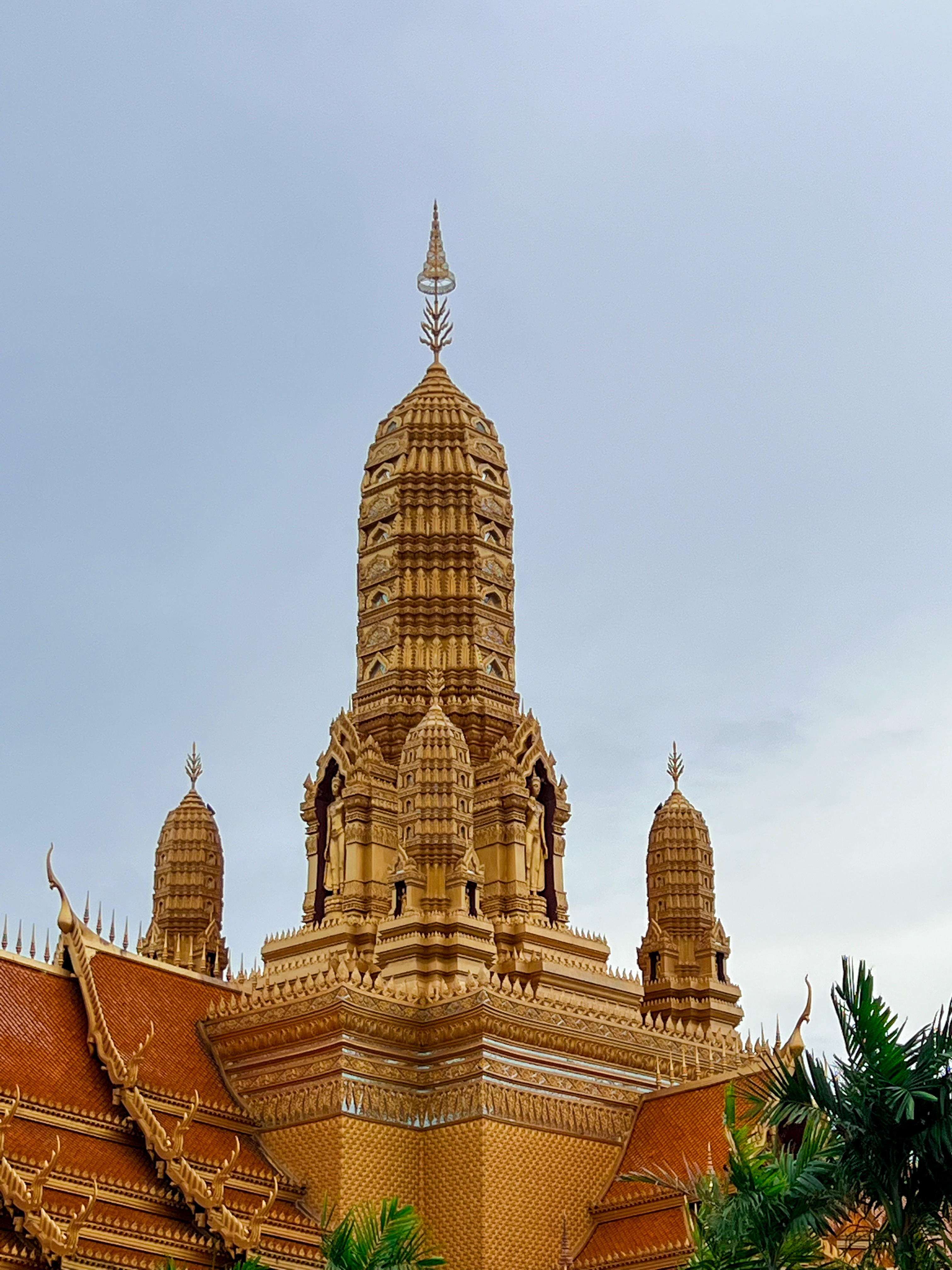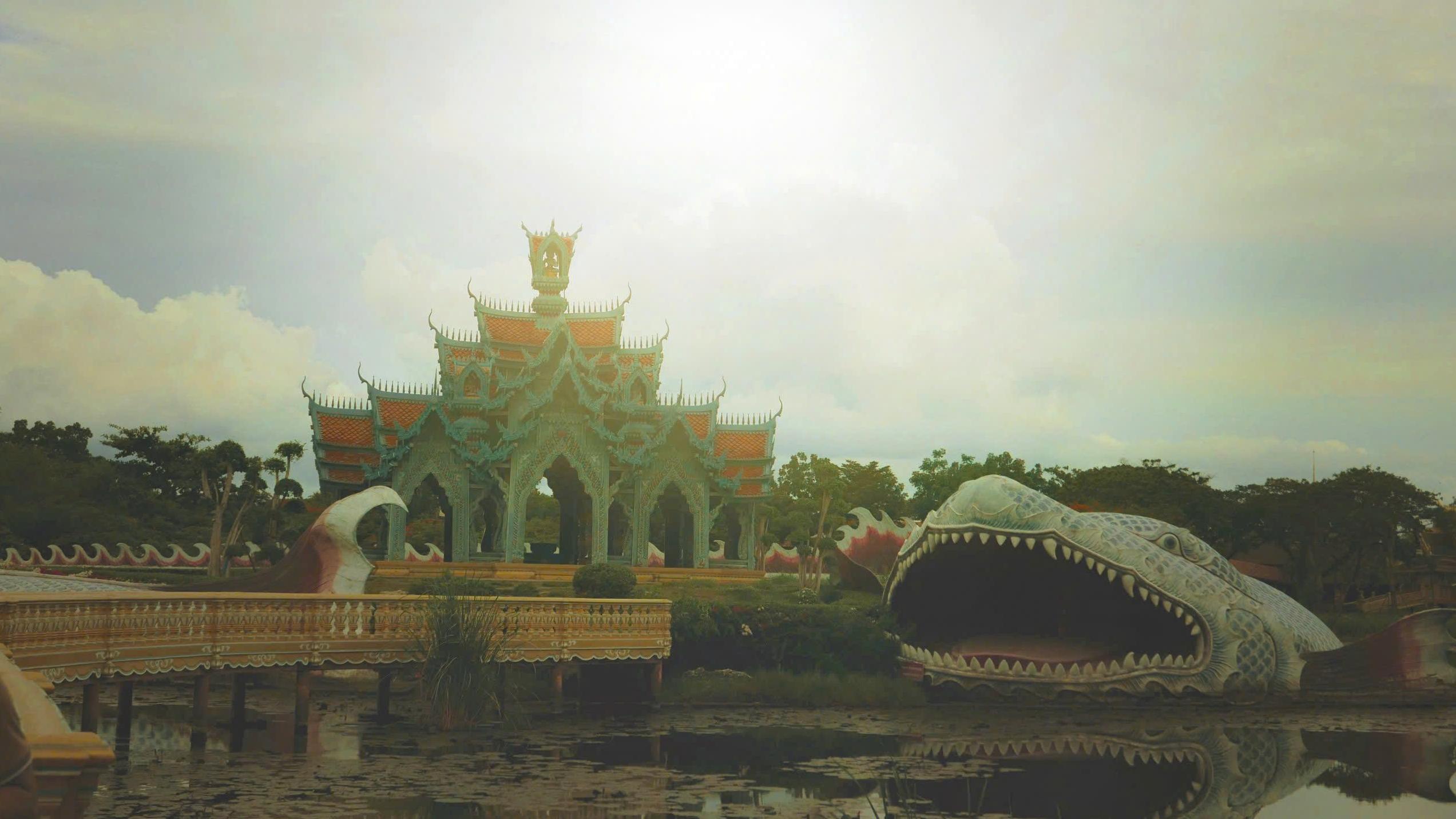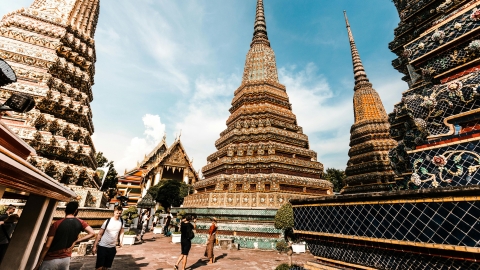Thailand is a country with more than 90% of the population following Buddhism, however, not every Buddhist land has always experienced peace. There are riots, protests, natural disasters, but Buddhism is the glue that heals the wounds in this country.
In Thailand there are more temples than skyscrapers.
I used to do Marketing with a client from Thailand. Understanding the origins of the typical personality traits of the people of this country will serve a lot for effective campaigns. Besides the aspects serving commercial insights, there is one clear thing that I think anyone who has ever interacted with Thai people will always be impressed and remember: gentle, yielding, tolerant, altruistic, honest and hospitable.
Perhaps, their tourism products are favored by visitors from all over the world, not only because of the daily excitement and dynamism of the national tourism industry, but also because of the closeness and friendliness of the local residents. So, what makes these characteristics, passed down, preserved, and become their symbols?
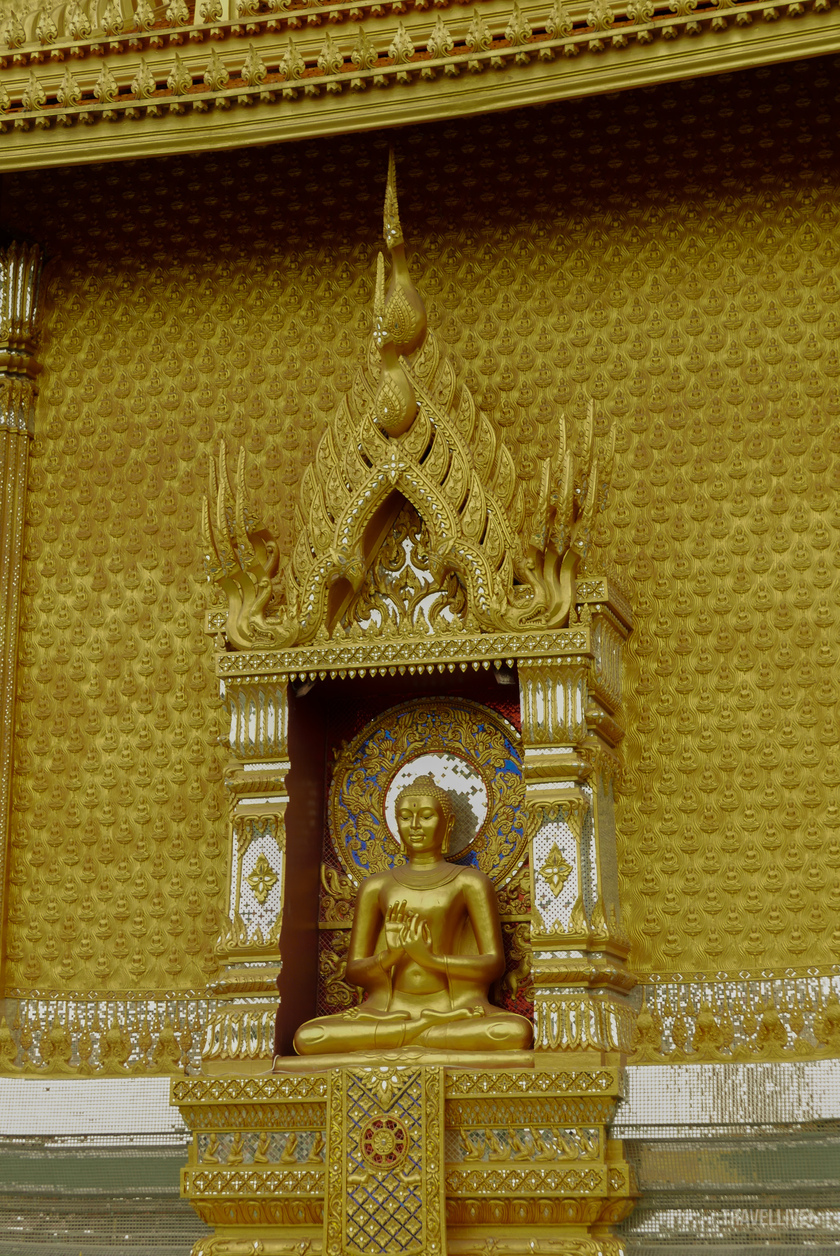
Thailand is a country with more than 90% of its population following Buddhism.
“Without Buddha, without temples, Thai people would no longer be Thai people.” I heard this sentiment from a tour guide on a Thailand tour I joined in 2019. Buddhism goes hand in hand with history, politics, culture and becomes one of the three representative elements of the country, shown on the Thai flag: White symbolizes religion; red symbolizes national power; blue symbolizes the Royal Family.
It is said that in this country, no matter how shabby the houses are, or how poor the residents are, they still try to make the temples in that area as splendid as possible. Thai temples are a visual stimulus, always having a different and outstanding style of creation, with a deep gold paint tone on a white background, or a sophisticated gold-plated lacquer with statues bearing the typical artistic style of Theravada Buddhism, they have almost built a complete brand identity for Thai culture. There are temples with Buddha statues cast in pure gold weighing 4 tons, or made from a single block of emerald. There are temples made entirely of cast iron, wood, or stone...

Thai temples are a visual treat, always with a distinct and striking style of construction, with bold yellow paint on a white background.
Almost every village has one or several pagodas, but on the road, we still see new pagodas under construction. When visiting Thailand, pagodas are places that tourists cannot miss on their tours. Any of the 76 provinces of Thailand has several famous Wats (temples). Other ethnic groups living in Thailand such as the Chinese, the H'Mong, the Burmese (Myanmar), and the Khmer also have their own pagodas.
I read an old document, in 1959, Thailand had about 21,380 temples, then in a small book I just bought at Wat Doi Suthep (Chiang Mai), to kill time while waiting for the rain to stop, I accidentally learned that in 1990 there were 29,002 temples. This proves that casting statues and building temples is still a regular practice: in 31 years, the Thai people have added 7,782 new temples. The latest statistics are certainly even more.
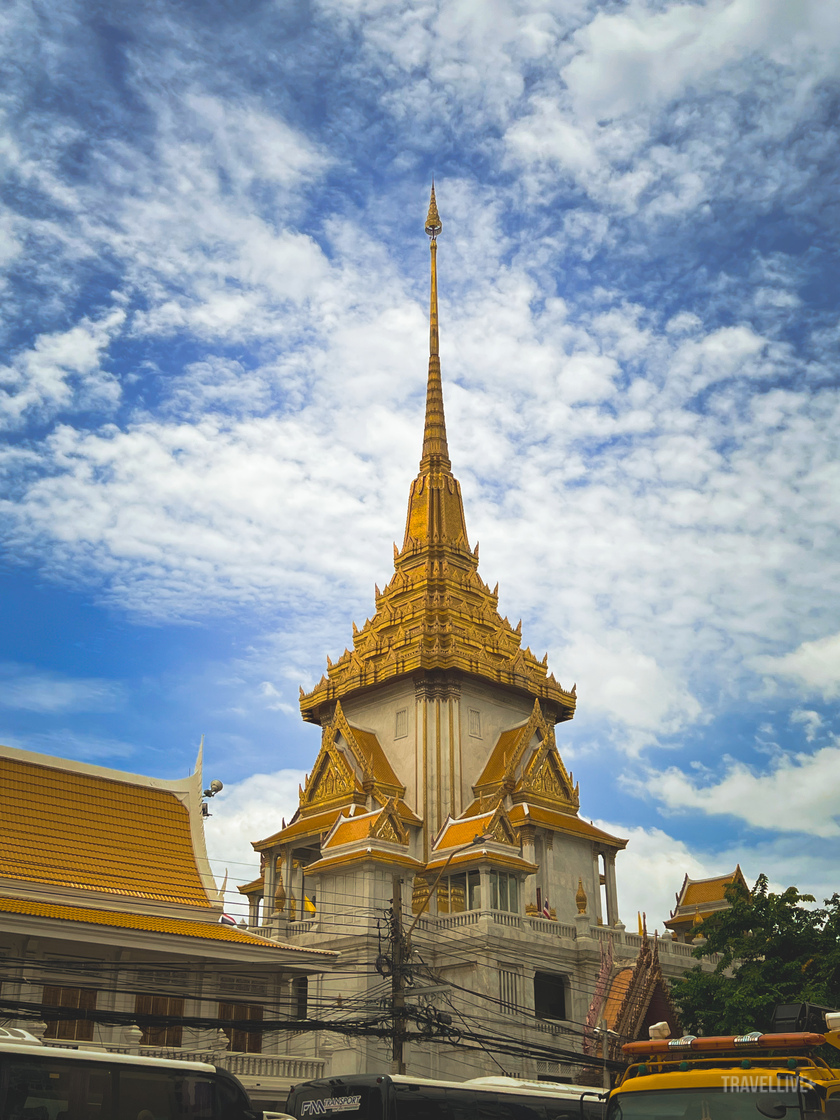
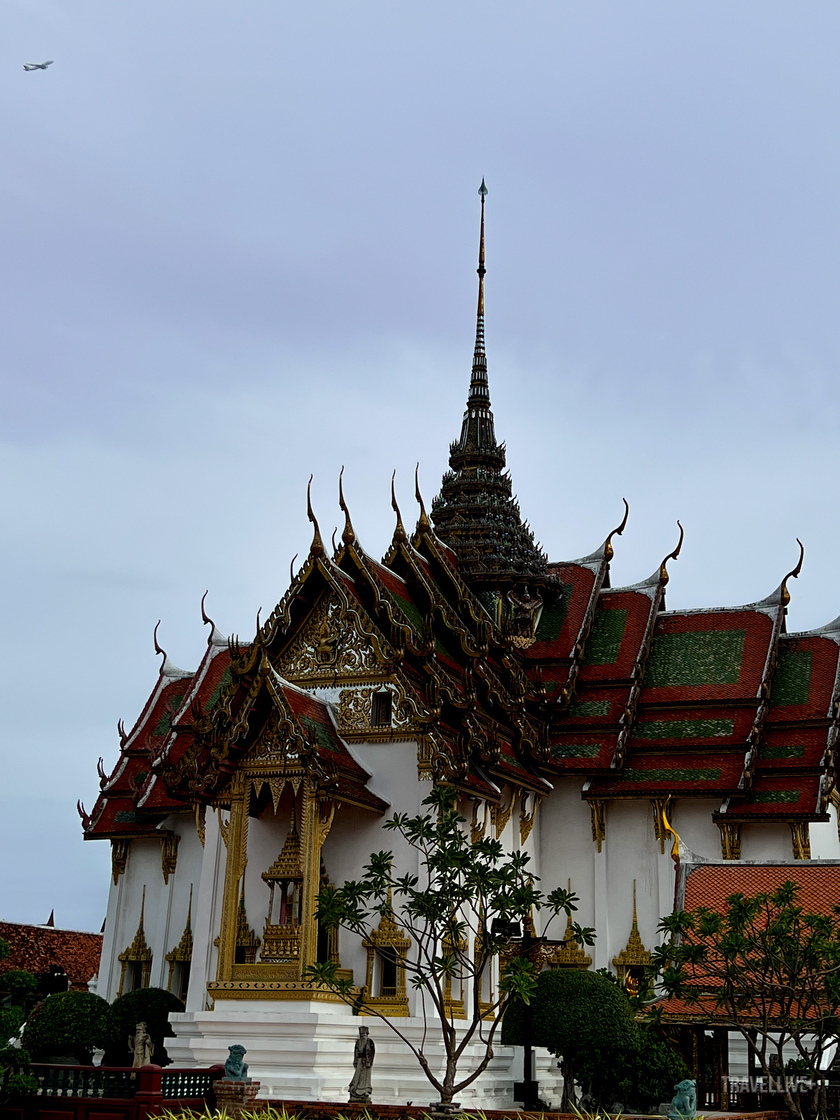
When faith is a form of cell
Pagodas are born so much, not only to serve tourism. Because there are localities that do not really develop tourism economy, but also try to foster religious beliefs through respect for the pagoda roof. We are too familiar with the familiar Vietnamese pagodas, nestled quietly next to banyan trees and wells; but for Thai people, they show a respectful mentality to their faith through the way of making merit and contributing to the construction of pagodas and towers. When seeing a pagoda, they will burn incense, when seeing Buddha, they will bow, when seeing a tower, they will sweep the tower... because the pagodas are always new, always splendid, because they are built from the beautiful respect of the people, because they are fulfilled from the steadfast faith. They sweep the pagodas and build towers, as a way to tidy up the worries out there.
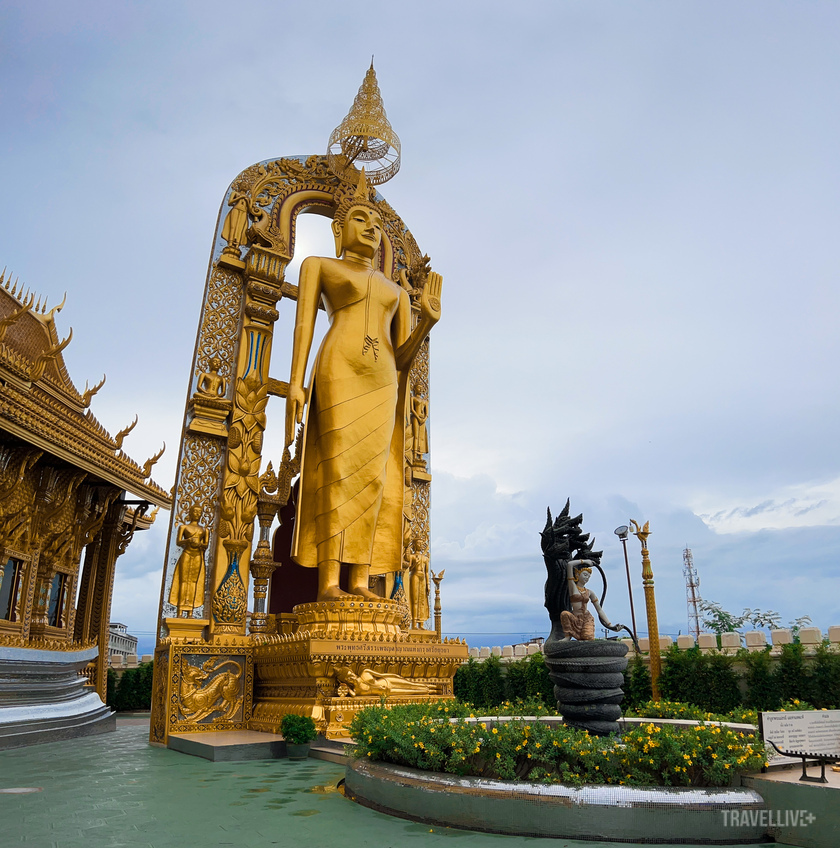
They built the pagoda higher than the roof, so that they could be protected under the shadow of Buddha.
Thai people entrust all their love, gratitude, grievances, and joys and sorrows in the temple. They build the temple higher than their house, so that they can be protected under the shadow of Buddha. The temple is a school, a home, a place of nurturing, harmony, and also a place of rest in times of hardship. Every child in Thailand grows up with Buddhist rituals and with the family's educational orientation on the core of kindness.
Not only contributing to the spiritual aspect, Buddhist temples open their arms of compassion to take care of young lives facing difficulties in life. Temples in rural areas of Thailand are also homes for children who take refuge under the Buddha's pillow. They are also called temple children - Dek Wat. The temple provides a warm life, "paid" with teachings and light auxiliary work.


The temple is a school, a home, a place of nurturing, harmony, and also a place of rest in times of hardship.
Most of them were born to poor farmers. However, some children from well-off families still wanted to send their children to the temple because they believed that they would become good children because the monks would guide them morally and teach them discipline and the good things of Buddhism. Many people who held high positions in society had grown up as children in the temple, which proves that the life in the temple was valuable because they grew up in a good moral environment.
Respect for the masters is clearly shown. When faced with problems in life, Thai people, even those in high positions, seek out monks to confide in, seek advice from, and listen to their mediation in conflicts. If they fail, they resort to the law.
I used to know that in Thailand, it is rare to set up an altar for the deceased. Partly because they believe in relying on Buddha and going to Nirvana, they bring their ashes to the temple, to somehow continue the Buddhist teachings to the next life. In every house, there is a desire to invite for the homeowner a stupa with relics of a true monk. They believe that a relationship with Buddha is like a solid foundation in practicing morality and ethics. Not everyone can easily invite relics, but if they can, then their family must have had a long-standing tradition.


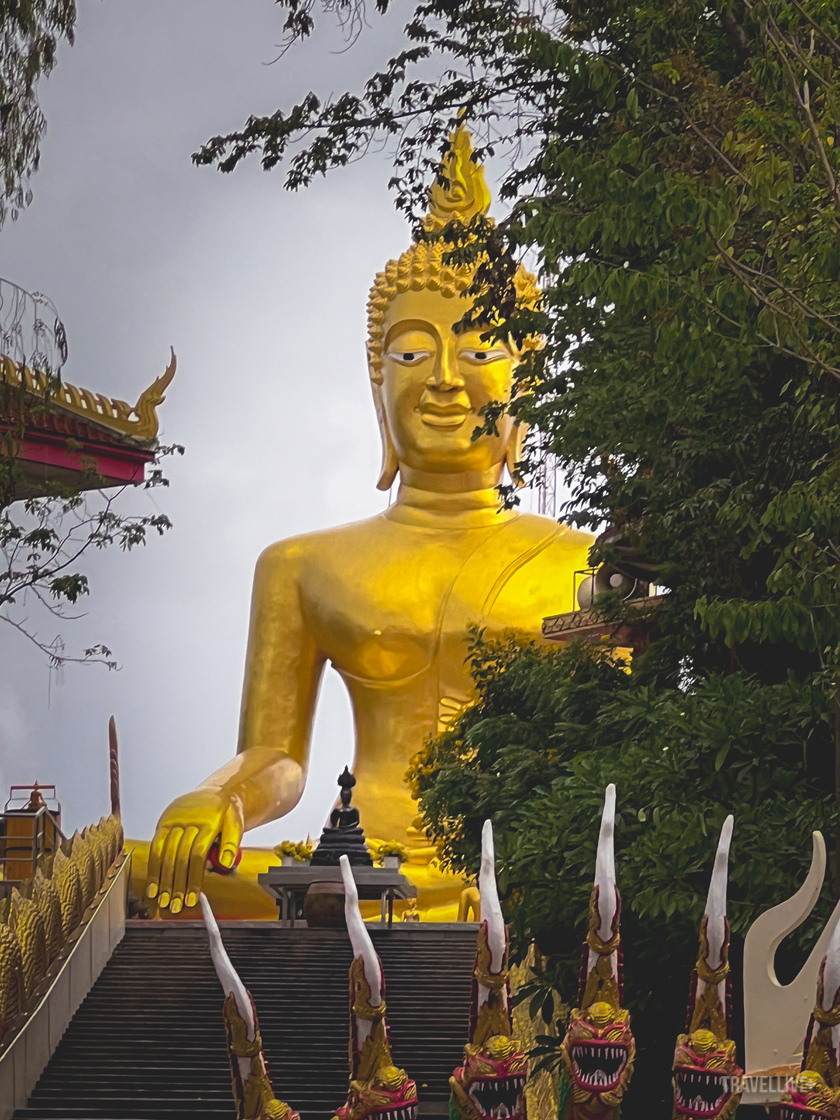
Thai men are mainly influenced by a major ceremony, which is the "Kan Upsombot" or Ordination Ceremony (entering the temple). This time is the way for a young man to learn to become a good person, or also a way to show filial piety to his parents, so most men in this country must become a novice monk for a period of time in their lives. The rule to enter the temple is to be no younger than 20 years old, the time of practice can be from 1-3 months. A person must go through 7 years of practice to become a novice monk. If a son does not enter the temple for the ordination ceremony, he is not considered an adult and does not gain respect from the community. The time of practice for Thai men is like a red seal certifying their morality, not only in spiritual life, but also in family life. When they are ready to become a pillar with both heart, talent and mind.
Buddhist teachings have been firmly ingrained in every Thai person, following them even in their daily life. When you come to Thailand, if you accidentally forget even a normal hat, even if the place you forgot it is just a local restaurant, I can assure you that 5 or 10 years later, your hat will still be there. Or like a car left on the side of the road with the key still attached, even if you intentionally left it there for a week, your car will still be intact in a neater position. Therefore, Thai people shape their behavior through ethical standards of doing good deeds that have been instilled since they were toddlers.
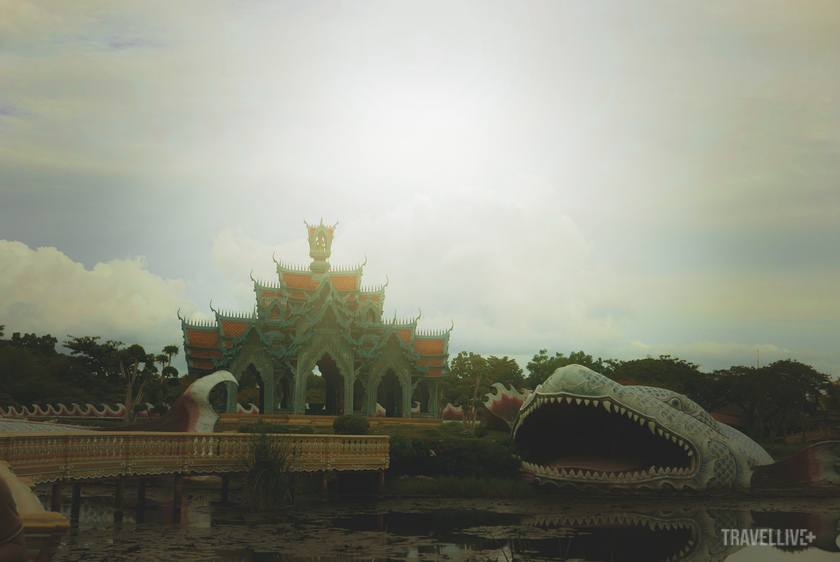
Buddhist teachings have been deeply rooted in every Thai person.
When talking about Thai ethics, we cannot fail to mention the business ethics of Thai enterprises. Mr. Kan Trakulhoon, Chairman and General Director of Siam Cement Group (SCG), believes that sustainable development should be seen as a passport to help businesses do business anywhere in the world.
This company creates product lines that minimize the impact on the environment when used, such as water-saving faucets, photovoltaic fibers produced from reusing glassware, and paper products with components produced from ecological fibers. SCG has been ranked in the Down Jones Sustainability Index (DJSI) in the construction materials sector since 2004. The business ethics of Thai enterprises originate from the mindset of "moderation". Moderate business to protect the environment. Moderate profits, using a part to give back to the environment and society. Moderate competition, lest because of greed, they cause harm to other businesses, lose the trust of customers and affect the image of the country. Because perhaps, they know how to give in, know how to balance, lower their ego for a nobler good deed, aren't those ethics also derived from the temples?

For Thai people, whether near or far, there is no one who does not come from a temple.
For Thai people, whether near or far, there is no one who does not come from the temple. Whether poor, destitute, or sophisticated, everyone has a Buddhist heart to return to. The attachment between Siamese people and the temple is like a life of healing between the mind and morality. Calmly filtering out superstitions, selling gods and saints... the true beauty of religion in mundane life appears like a sparkling gem in the culture of the Golden Temple country, which is increasingly developing and modernizing.
Thai society, after many storms, still has religion, because it is the most tolerant place, a support for the chaos of the city. Because they always believe that as long as there is a stable state of mind, which their people are preserving with all their heart every day, they will have enough strength to overcome all the waves of life.





